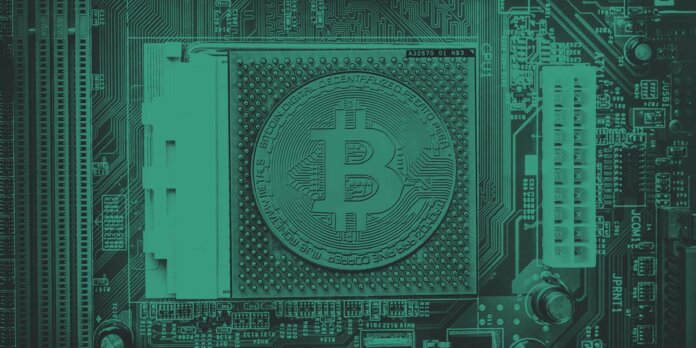Projected to become a multi-trillion dollar industry, the metaverse is seeing key trends such as increased corporate adoption, decentralization through blockchain technology, and skyrocketing investments. However, history shows that smaller, agile projects can surpass larger systems, reminding us of the unpredictability of technological advancements. As marketing opportunities arise within this space, the importance of real-world testing for successful blockchain application becomes evident. Furthermore, the metaverse offers unique asset qualities, like sovereign ownership and freedom from interference, pointing to a future of digital ownership and control.
The metaverse is expected to experience a rapid growth in both market size and user adoption the next seven years.
As we have seen in this report, McKinsey and Citibank are both estimating the Metaverse industry to be a multi-trillion dollar industry. According to an optimistic scenario by statista, by 2030, the total addressable market value of metaverse could surpass $4.44 trillion, while in terms of users, it could onboard 700 million people worldwide by the end of the decade, which would be equivalent to 8.23% of the expected global population.
Some of the key trends of the metaverse for this decade will be:
- Increasing Adoption of the Metaverse in the Corporate World: The growth of the metaverse in its initial phase has largely been fueled by the consumer sector. However, as the technology becomes more sophisticated, it could open up various use cases for companies ranging from product virtual simulations to employee experience.
- Continued Decentralization: Blockchain technology has enabled the true ownership of assets in the metaverse, and with time, more and more users are realizing its advantages over the centralized legacy model. Moreover, it also makes assets more liquid through various marketplaces. In the coming years, blockchain technology is expected to become the default platform for most metaverse projects to hold and transact assets.
- Increased Investments: Given the metaverse still needs a huge leap in technology, various entities are funding it, looking to capitalize on the potential of the metaverse. As stated earlier in the report In the first five months of 2022, VC, corporations and Private equity funds invested over $120 billion60 in the metaverse, which is more than double the amount ($57 billion) invested in the entire year of 2021. This number is expected to increase exponentially over the next few years.
- Marketing in the Metaverse: As the number of active users in the metaverse grows, a new channel for marketing could open up for corporations where they would rent popular places in the metaverse and use it to advertise their products. It would also open up a revenue channel for metaverse owners and content creators.
Often times throughout technological advances, disruptions to industries, and historical paradigm shifts, the outcome is unseen by anyone. If you asked someone during the 1990s who would be the biggest internet provider in North America in 2020s, they would likely say AOL, or if you asked someone in the late 1800s who would be the biggest oil company in the late 1900s, they would say Standard Oil. It has historically been the case that smaller, agile projects can adapt to market forces and speed ahead of the slow, complicated systems which may lead the pack today.
Often in the blockchain and crypto industry, there is a lot of talk about mass adoption and potential use cases for a particular piece of technology. While theory is necessary and very tempting, it is the application and real-world testing that is necessary to figure out what simply works and does not work. Drawing up a good idea on paper that cannot possibly be implemented in reality happens more often than not. And while there will be an extremely high amount of failures, the blockchain industry needs to go through these phases. It not only reveals best practices, and what is viable and nonviable, but also conditions the public for what to expect.
This technology provides a mix of asset qualities which people have not had access to before in history. The most novel, is the right to sovereign ownership over the asset, and to freely do with that asset whatever the individual wants without interference from an outside third party.




